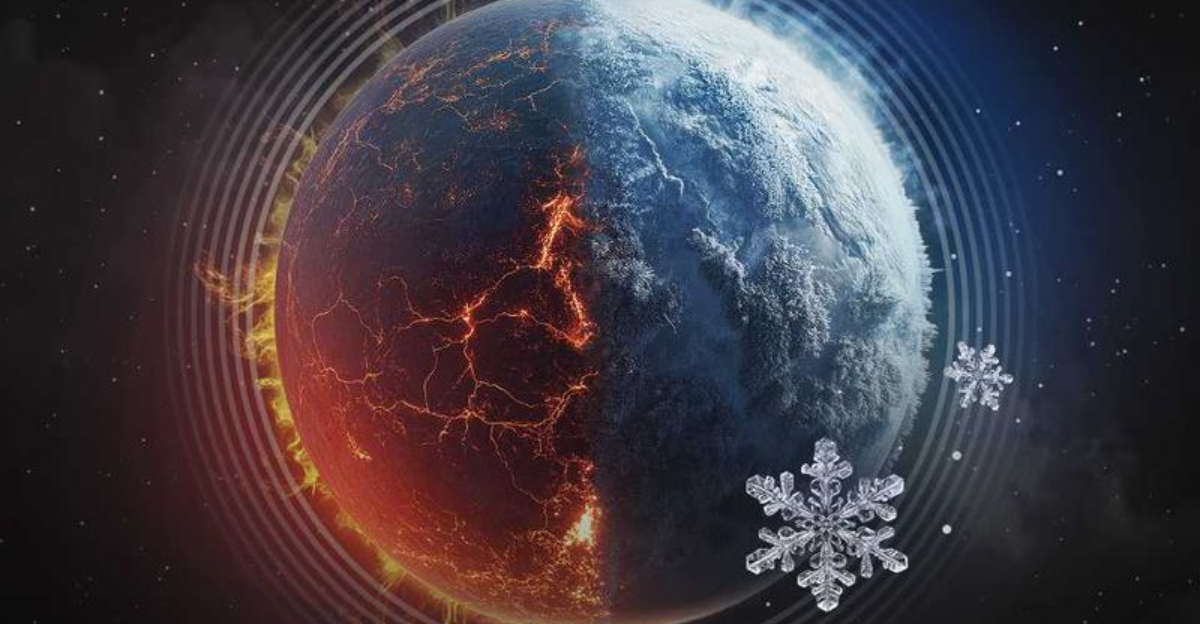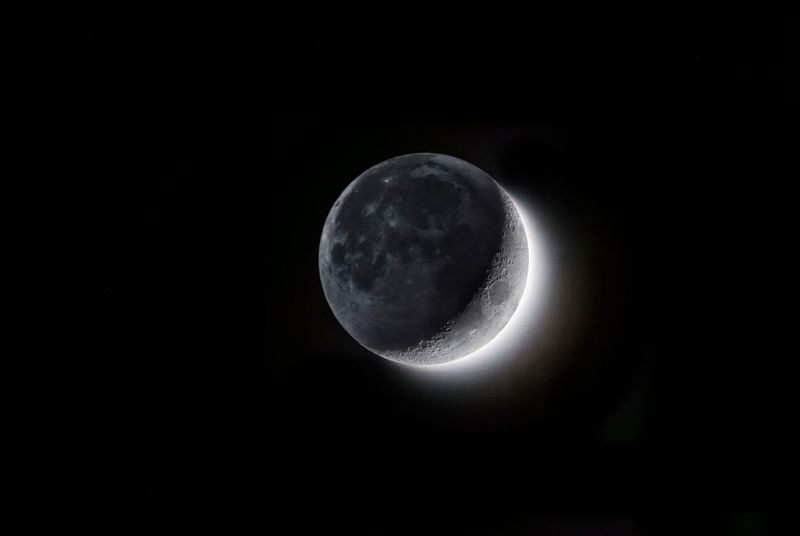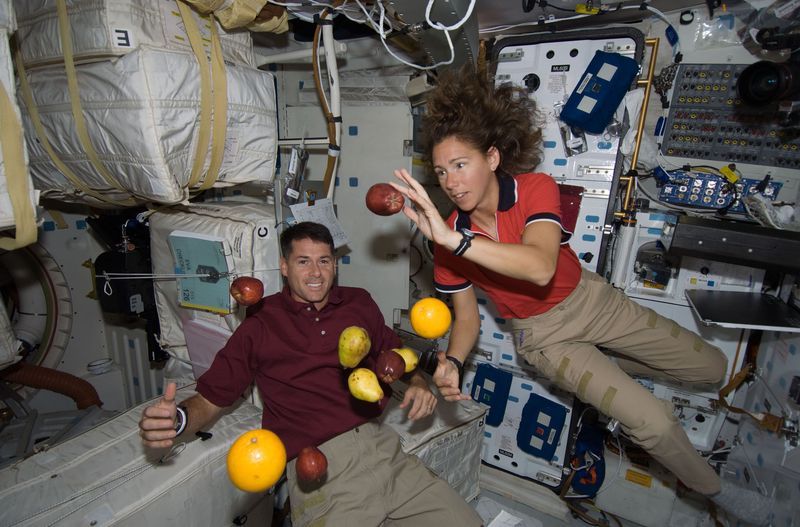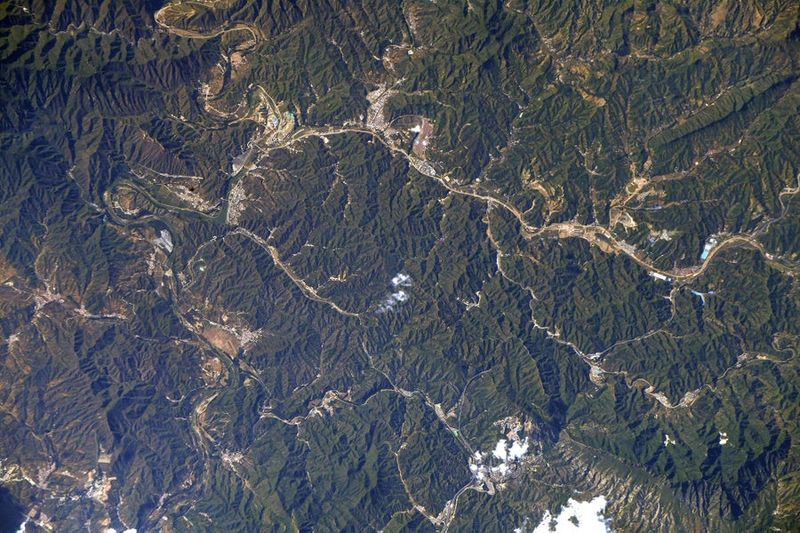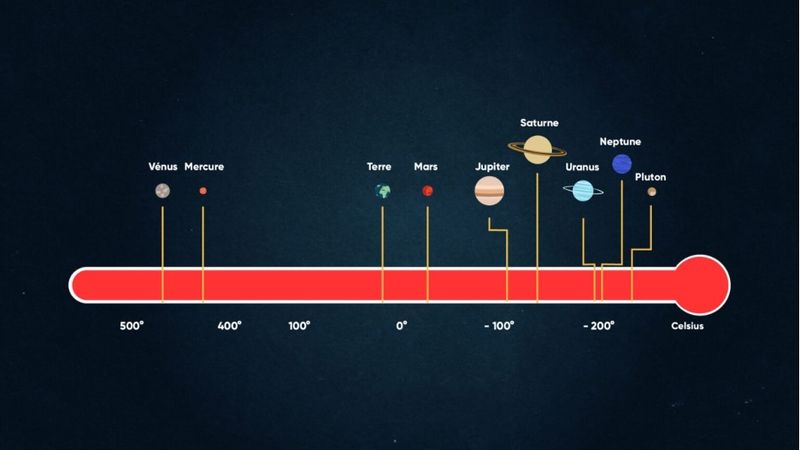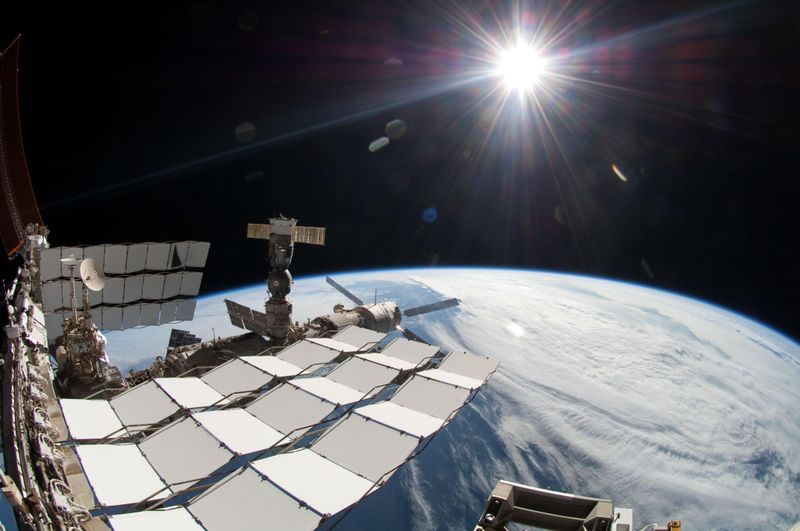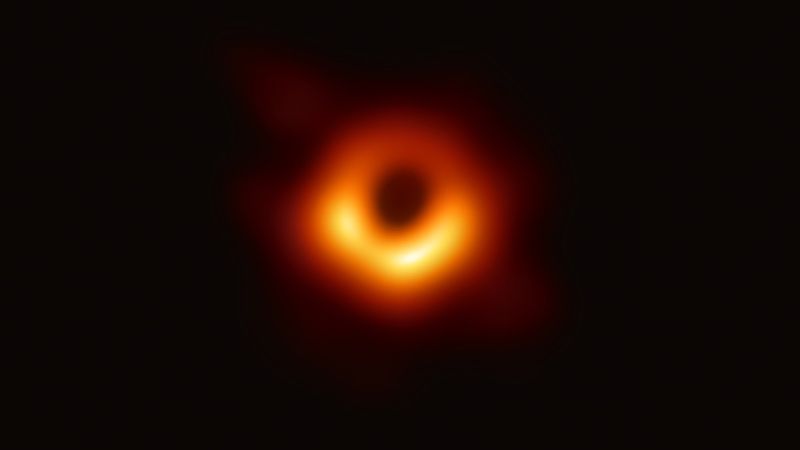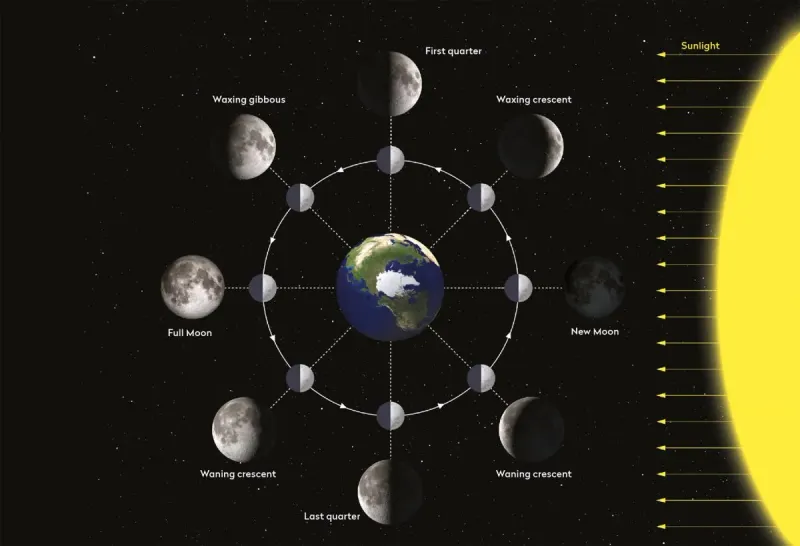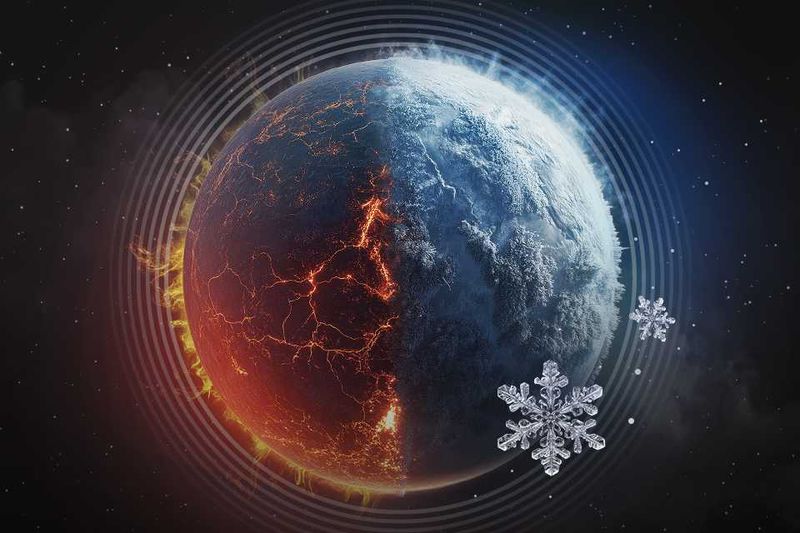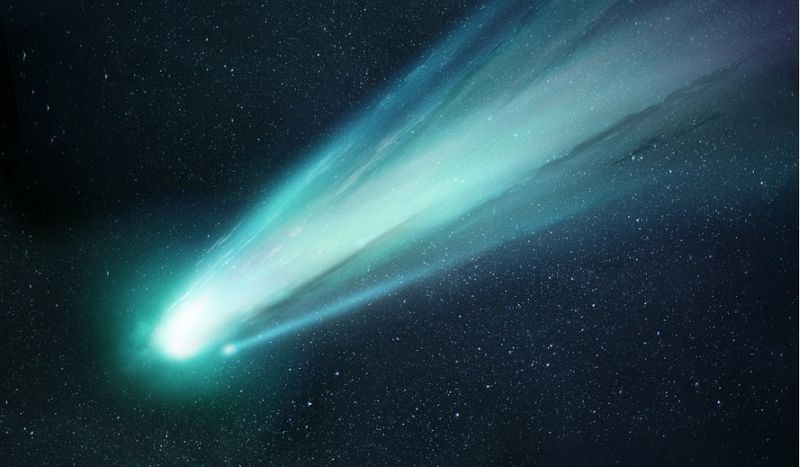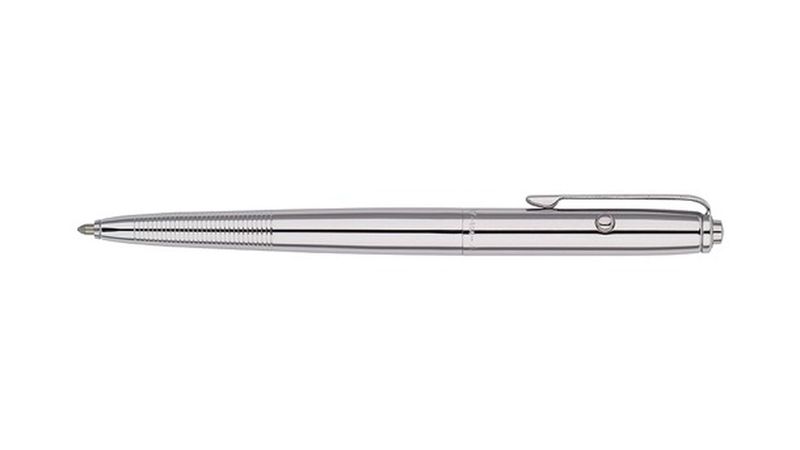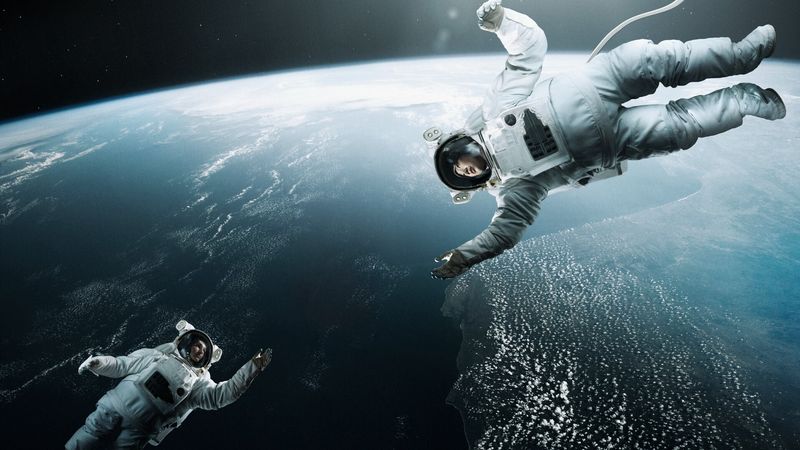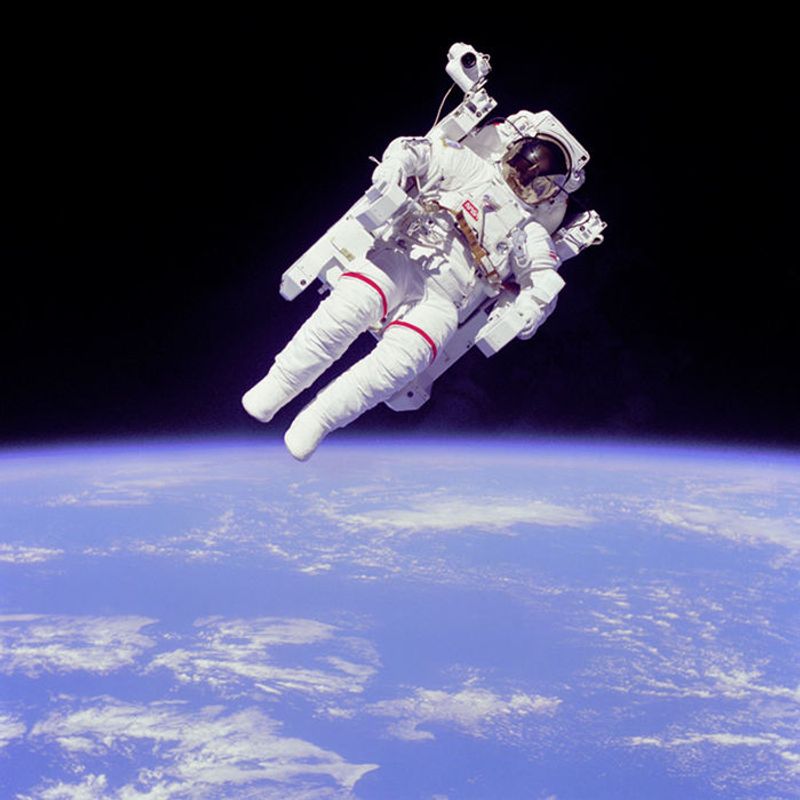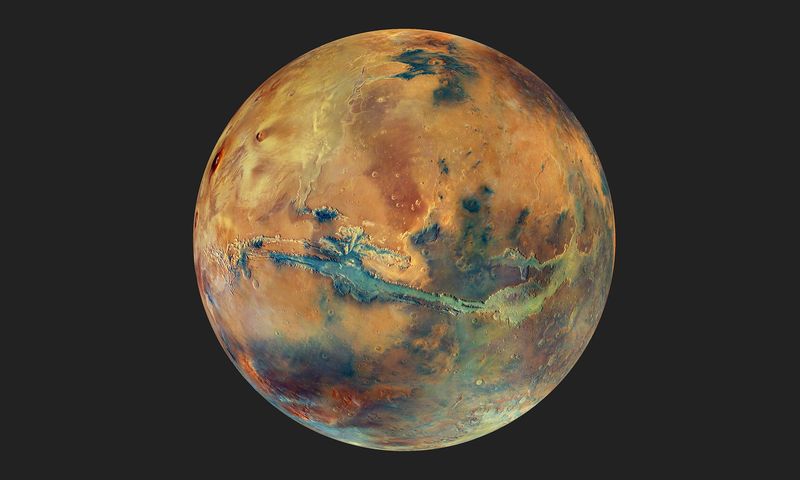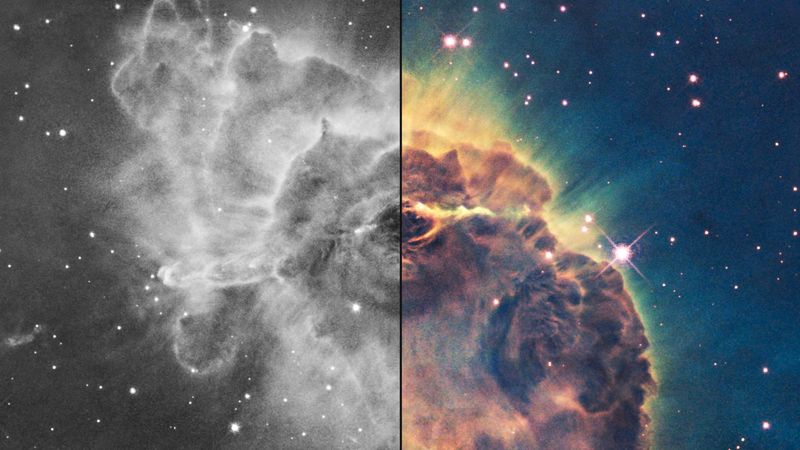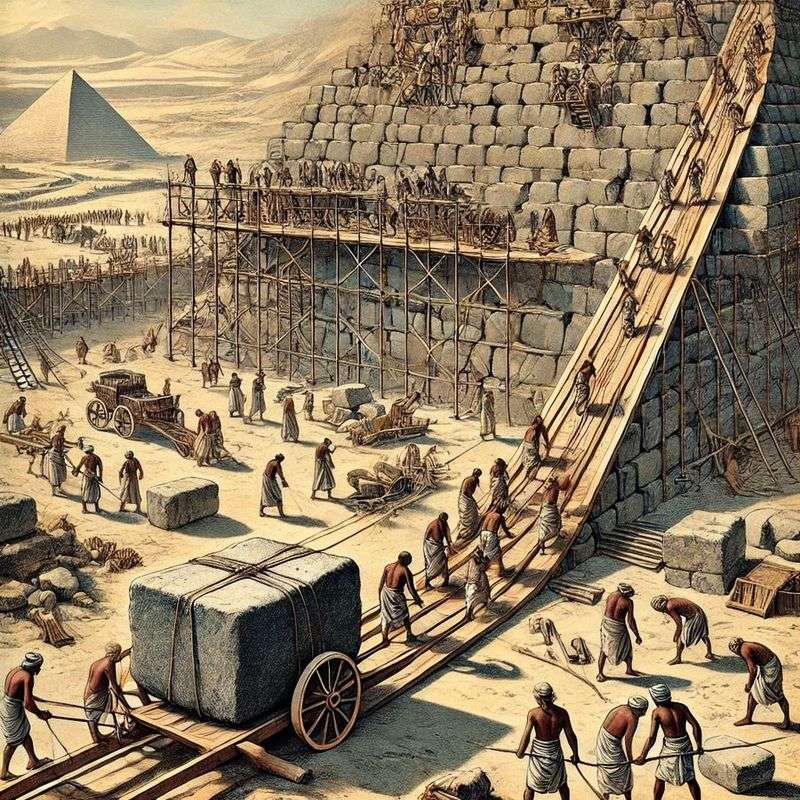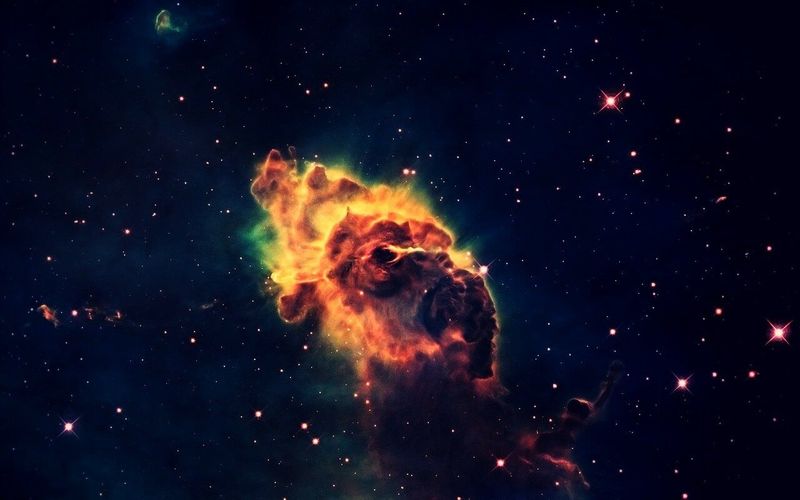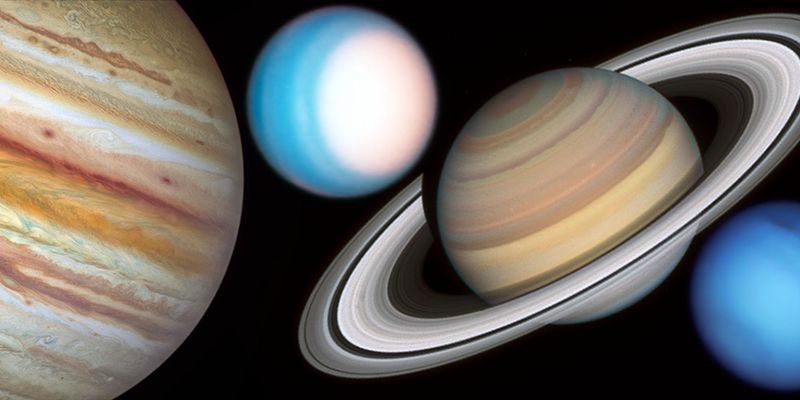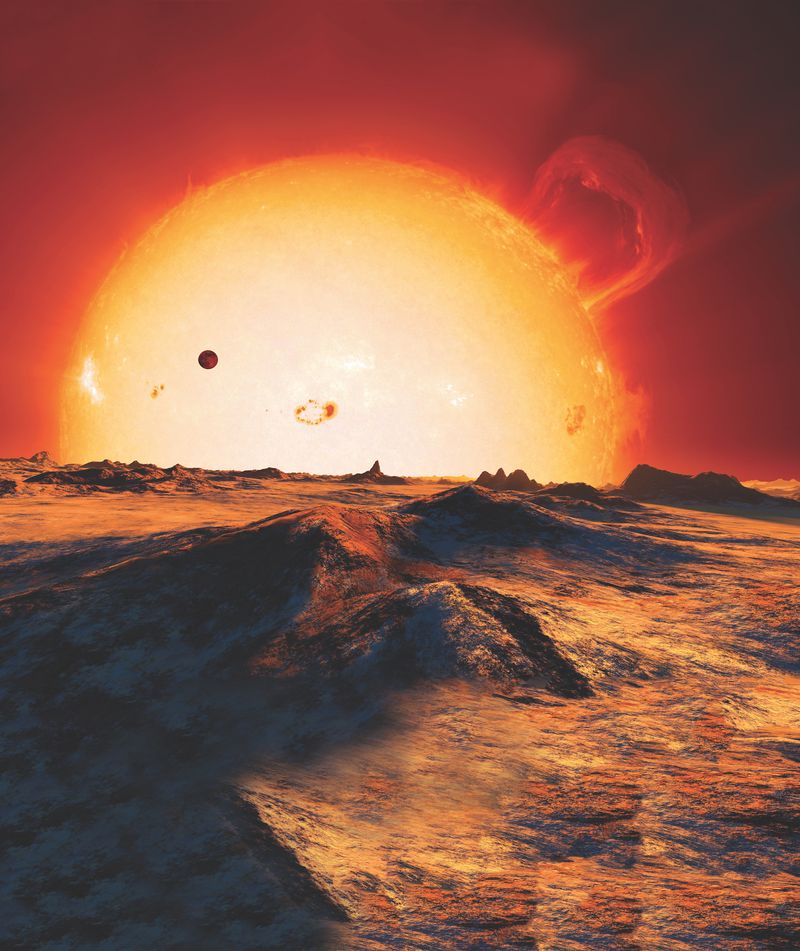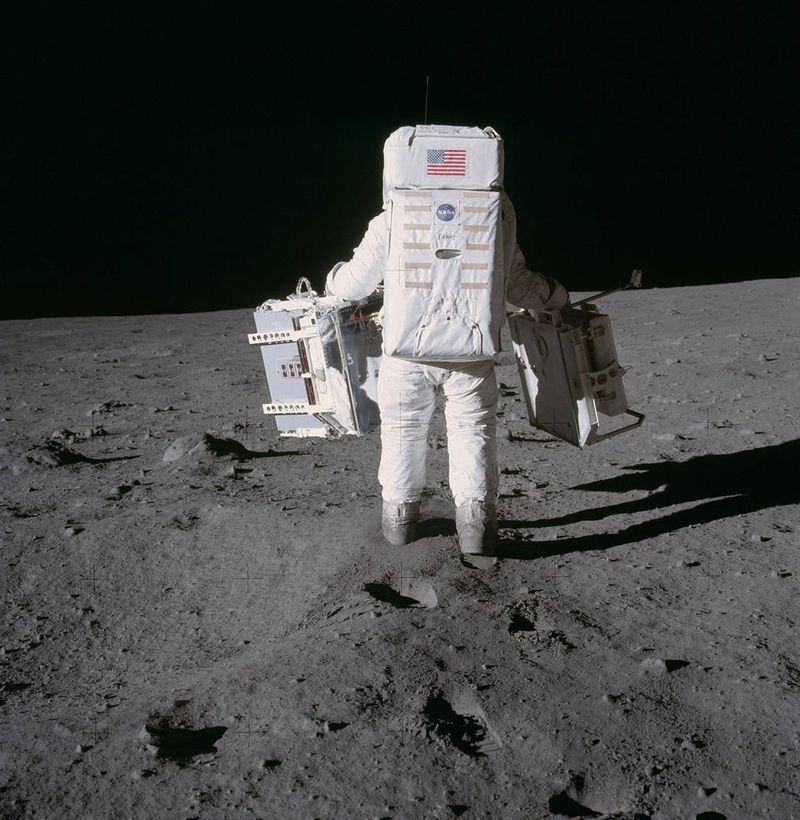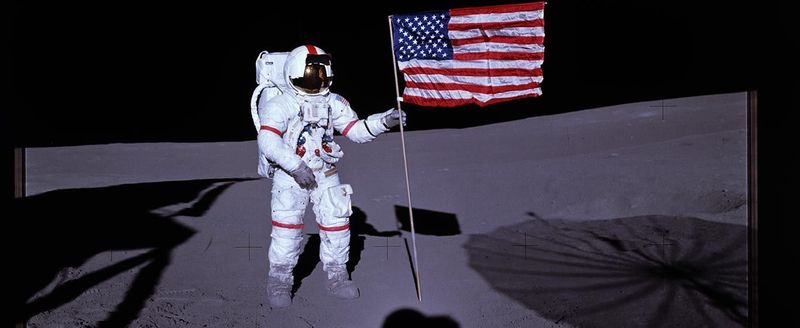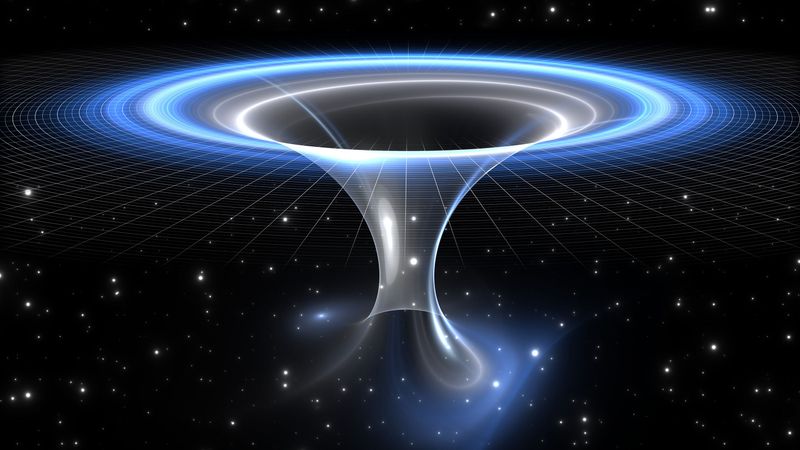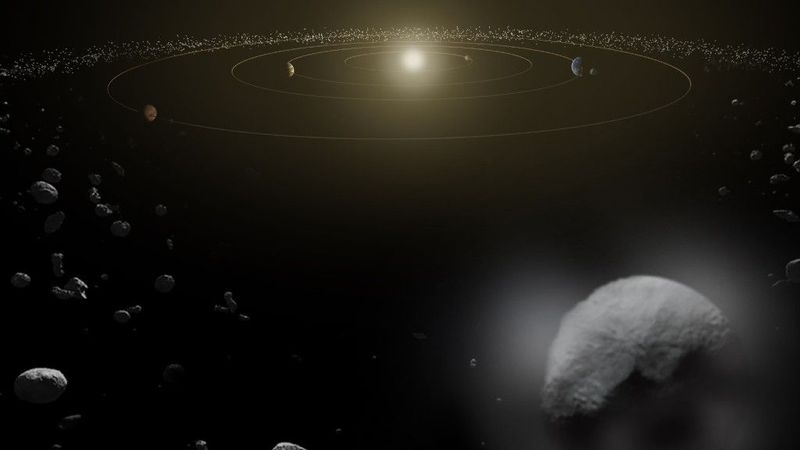Space captures our imagination like nothing else, but Hollywood movies and old textbooks have filled our heads with some pretty wild ideas about the cosmos.
Many things we think we know about space are actually completely wrong. Ready to have your mind blown by the truth about our universe?
1. The Moon Has a Mysterious Dark Side
Popular culture loves talking about the Moon’s “dark side,” but this phrase is totally misleading. Every part of the Moon gets sunlight during its monthly orbit around Earth.
We always see the same side because the Moon rotates at the same speed it orbits us. The far side isn’t dark at all – it’s just the side we can’t see from Earth!
2. Astronauts Float Because There’s No Gravity
Seeing astronauts floating around makes people think gravity disappears in space. Actually, Earth’s gravity is still pretty strong up there – about 90% of what we feel on the ground.
Astronauts float because they’re constantly falling around Earth in orbit. They’re in free fall, not escaping gravity’s pull. It’s like being on a never-ending roller coaster drop!
3. The Great Wall of China Stands Out from Space
This myth claims the Great Wall is the only human-made structure visible from space. Astronauts have repeatedly debunked this popular belief.
The Wall is actually really hard to spot without special equipment or zoom lenses. Cities, highways, and large buildings are much easier to see from orbit. Even airports show up better than this ancient wonder!
4. Mercury Is the Hottest Planet Around
Since Mercury sits closest to the Sun, it should be the hottest planet, right? Wrong! Venus actually holds the record for highest temperatures in our solar system.
Venus has a super thick atmosphere that traps heat like a blanket. While Mercury can reach 800°F, Venus stays around 900°F everywhere, even at night. That’s hot enough to melt lead!
5. The Sun Shines Bright Yellow
Look at any kid’s drawing and the Sun is yellow or orange. But step outside Earth’s atmosphere and you’ll see something different.
The Sun actually appears white in space because it gives off all colors of light equally. Our atmosphere scatters blue light, making the Sun look yellowish from Earth. Space photos show the Sun’s true white color clearly.
6. Black Holes Devour Everything Around Them
Movies make black holes look like cosmic vacuum cleaners that suck up everything nearby. Reality is much less dramatic and more predictable.
Black holes only trap things that cross their event horizon – the point of no return. From a safe distance, they act like any other massive object. You could orbit a black hole just like planets orbit stars!
7. Earth’s Shadow Creates Moon Phases
Many people think Earth casts a shadow on the Moon, creating the different phases we see each month. This sounds logical but isn’t correct.
Moon phases happen because we see different amounts of the Sun-lit side as the Moon orbits Earth. It’s all about our viewing angle, not shadows. Earth’s shadow only affects the Moon during rare lunar eclipses.
8. Space Is a Freezing Cold Wasteland
Space seems like it should be freezing cold everywhere, and sometimes it is. But temperature in space depends entirely on whether you’re in sunlight or shadow.
In direct sunlight, temperatures can soar above 250°F. Without an atmosphere to spread heat around, space has extreme temperature swings. Astronauts need special suits to handle both extremes during spacewalks.
9. Comets Are Just Shooting Stars
People often mix up comets and shooting stars, but they’re completely different space objects. Shooting stars are actually meteors – tiny pieces of rock burning up in our atmosphere.
Comets are huge icy bodies that travel in long orbits around the Sun. When they get close, they develop glowing tails that can be millions of miles long. You can see comets for weeks or months!
10. NASA Wasted Millions on a Space Pen
The story goes that NASA spent millions developing a pen that works in space while smart Russians just used pencils. This tale is completely false.
The Fisher Space Pen was developed privately, not by NASA. Both American and Russian astronauts actually used pencils early on, then switched to the safer space pen. Pencil bits floating around spacecraft can be dangerous!
11. You’ll Instantly Freeze in Space
Hollywood loves showing people instantly turning into ice cubes when exposed to space. The reality is much less dramatic and takes much longer.
You’d lose consciousness quickly from lack of oxygen, but freezing would take hours. Space is a great insulator because there’s no air to carry heat away from your body. You’d pass out long before becoming a popsicle!
12. Your Body Explodes in Space
Another Hollywood favorite shows people exploding like balloons when exposed to space vacuum. This dramatic death scene is pure fiction.
While the pressure difference is real, your skin is strong enough to hold you together. You’d swell up a bit and lose consciousness from lack of oxygen, but you wouldn’t explode. Real space exposure is dangerous but not explosive.
13. Mars Looks Red Everywhere
Mars earned the nickname “Red Planet” for good reason, but it’s not solid red everywhere. The planet actually shows many beautiful colors across its surface.
Martian landscapes include shades of red, brown, gold, and even blue-tinged areas. The red color comes from iron oxide (rust) in the soil, but rocks, ice caps, and different minerals create a surprisingly colorful world.
14. Hubble Takes Colorful Photos
Those stunning colorful images from the Hubble Space Telescope look like natural photographs, but they’re actually created through a special process.
Hubble captures images in grayscale using different filters. Scientists then combine these images and add colors based on the wavelengths of light detected. The colors represent real data, just not what your eyes would see directly.
15. Aliens Built the Pyramids
Some people claim ancient Egyptians couldn’t have built the pyramids without alien help. This theory completely ignores human ingenuity and archaeological evidence.
The Egyptians left detailed records of their construction methods, tools, and workforce. We’ve found the workers’ villages, their tools, and even their payroll records. No alien technology required – just brilliant engineering and lots of hard work!
16. Space Battles Make Loud Explosions
Every space movie features roaring engines and thunderous explosions during epic battles. These dramatic sound effects are totally impossible in real space.
Space is a vacuum with no air or other matter to carry sound waves. Real space battles would be completely silent. You might feel vibrations through your spacecraft’s hull, but you wouldn’t hear anything outside your ship.
17. Saturn Has the Only Planetary Rings
Saturn’s spectacular rings make it the most famous ringed planet, but it’s not the only one in our solar system with these features.
Jupiter, Uranus, and Neptune all have ring systems too – they’re just much fainter and harder to see. Saturn’s rings are made of ice and rock that reflect sunlight beautifully, while the others are mostly dark material.
18. The Sun Will Die Soon
Some people worry that the Sun might burn out any day now, leaving us cold and dark. Fortunately, our star has plenty of fuel left for the future.
The Sun has about 5 billion more years of hydrogen fuel to burn. It’s currently in its stable middle age, converting hydrogen to helium in its core. When it finally runs low on fuel, it will expand into a red giant before cooling down.
19. The Moon Landing Was Fake
Despite overwhelming evidence, some people still believe the Apollo moon landings were filmed on a movie set. This conspiracy theory ignores mountains of proof.
We left retroreflectors on the Moon that scientists use for experiments today. Moon rocks brought back have been studied worldwide. Multiple countries have photographed the landing sites and equipment we left behind. The evidence is rock solid!
20. You Can See Stars from the Moon
Moon landing photos don’t show stars in the sky, making some people suspicious. The missing stars actually prove the photos are real.
Camera settings on the Moon were adjusted for bright daylight conditions to capture astronauts and equipment clearly. These short exposures couldn’t capture dim starlight. If the photos were faked, they probably would have added fake stars to make them look more “space-like.”
21. Wormholes Are Easy Space Shortcuts
Science fiction makes wormholes seem like convenient subway tunnels through space. Real wormholes, if they exist at all, would be incredibly dangerous and unstable.
Theoretical wormholes would collapse almost instantly and require exotic matter to stay open. Traveling through one would likely destroy any spacecraft attempting the journey. They’re mathematical possibilities, not practical transportation methods for space travelers.
22. Asteroid Belts Are Crowded Obstacle Courses
Movies show spaceships dodging asteroids left and right while flying through asteroid belts. Real asteroid belts are mostly empty space with rocks spread far apart.
The asteroid belt between Mars and Jupiter contains millions of rocks, but they’re separated by huge distances. Spacecraft regularly fly through without hitting anything. You’d be lucky to see one asteroid from another with the naked eye!
